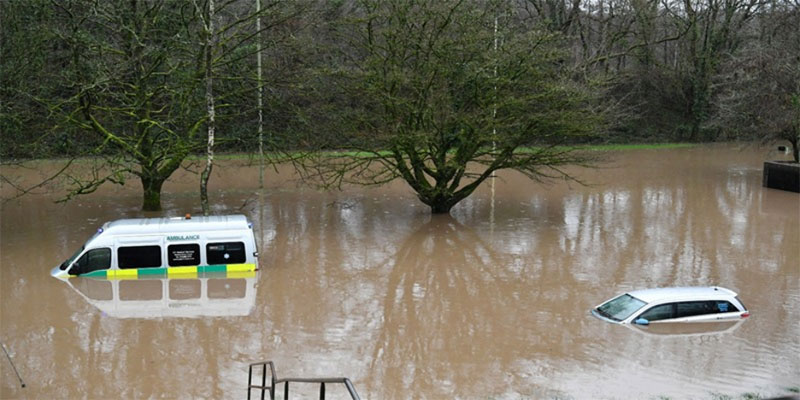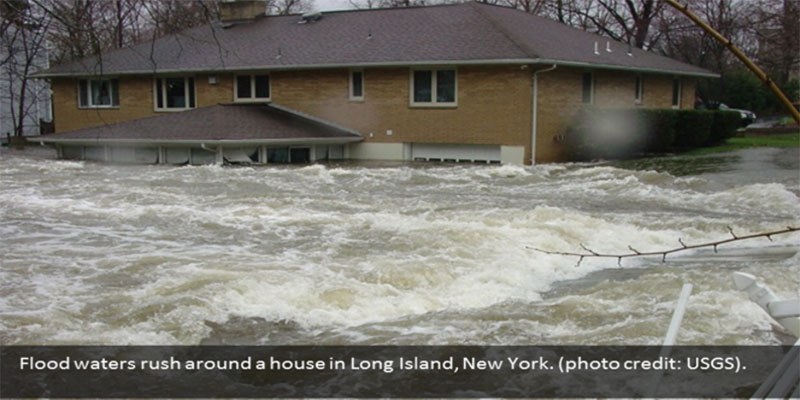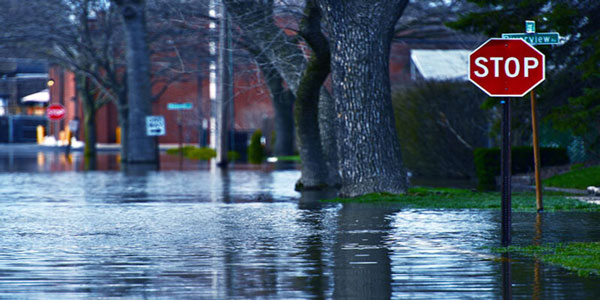Indeed, floods don't get the same level of coverage as other weather-related catastrophes like tornadoes, but they're just as dangerous. According to the National Severe Storms Laboratory, floods kill more people in the United States annually than any other natural disaster. Flood water is the leading cause of yearly weather-related fatalities in the United States. There is no state immune to this kind of weather-related tragedy.
What Causes Flooding?
Heavy rains are the most common cause of flooding, while dam failure or rapid snowmelt are other possible causes. Because of this, storm drains may overflow, leading to floods. It is possible to have a flash flood if typically dry waterways fill up and other creeks overflow. This is especially true in highly crowded places, although it may occur at any time. Normally, rain would be absorbed by the earth, but flash flooding is more likely in areas with many roads, driveways, and buildings.
What Are The Risks Of Driving In The Floodwater?
Driving through floodwater is risky since you can't tell how deep or how fast the water is until you're already in it, putting you and your passengers in danger. When visibility is reduced, even more so while driving at night or in severe weather, it's easy to assume that your car won't float if submerged in floodwater, but that's not the case. According to the National Oceanic and Atmospheric Administration, the force of the rushing water in a flooded road might cause your car to be pushed sideways (NOAA). Even a huge vehicle driven into flood water runs the risk of being flipped onto its side or rolling over, leaving the driver with just a few precious seconds to get out of the car and to safety.
Why Is It Unsafe To Walk Through Floodwater?

Similarly, it's not a good idea to go into floodwater. An adult may be knocked over by water as shallow as 6 inches, and a kid by much less. A person may be injured or get sick through exposure to infectious illnesses (produced by sewage overflow and other toxins) and chemical wastes, including sharp objects in floodwater, as stated by the Centers for Disease Control and Prevention. Storms may bring down power lines, posing a danger, and you might also come across snakes and other reptiles.
Be Aware Of Faulty Utilities
The CDC warns that water damage to electrical infrastructure and natural gas or propane tanks is possible. Turning off these services may greatly reduce the fire risk, particularly if there is smoke, frayed wiring, or sparks. It would be best to switch the electricity on or off in a dry area unless an electrician is called for. To find out when it is safe to switch utilities back on, you should contact the relevant authorities, for example, the gas or electric company, the police, or the fire department.
Reduce Your Exposure To Polluted Water
There are still risks present in the floodwaters that have not yet receded. Possible dangers include sewage, toxins, fallen electrical wires, and sharp items. Ingesting flood water or exposing an infected wound to flood water increase the risk of diarrheal illnesses or infection, despite the CDC's claim that "outbreaks of communicable diseases following floods are infrequent."
Control Mold
In an email, the CDC's National Center of Environmental Health (NCEH) warned that mold might become a serious problem if left unchecked after a flood. Those who are allergic to molds or suffer from chronic lung diseases may have symptoms ranging from mild eye irritation to a life-threatening lung infection." Dried mold spores may still represent a respiratory danger if they penetrate the air," the NCEH warns. After a flood, "proper cleaning is vital."
Avoid Going Through Flooded Areas

Never attempt to drive or walk across moving water, and never enter any water, moving or standing, since the roadbed might be damaged or obstructed by debris beneath. Booher emphasized the need to avoid floods at all costs by recommending that people seek higher land whenever feasible. Don't go swimming in rapids. If there is standing water as well as you can't see the bottom, you shouldn't drive or walk over it.
Conclusion
According to the United States Geological Survey, floods have been the most frequent and expensive natural catastrophes in the United States. They may kill hundreds of people annually and cost billions of dollars in repairs. Federal Emergency Management Agency Director of Public Affairs William Booher said that the public needed to be aware of the dangers of flooding because of the broad nature of the phenomenon. There is no way to predict when flooding will occur, so "every town should at least be aware of flood threats and be prepared for them," Booher added. It's also important to remember that flood risks persist even after water levels have dropped. Here are five things to remember as you begin rebuilding after a flood.



